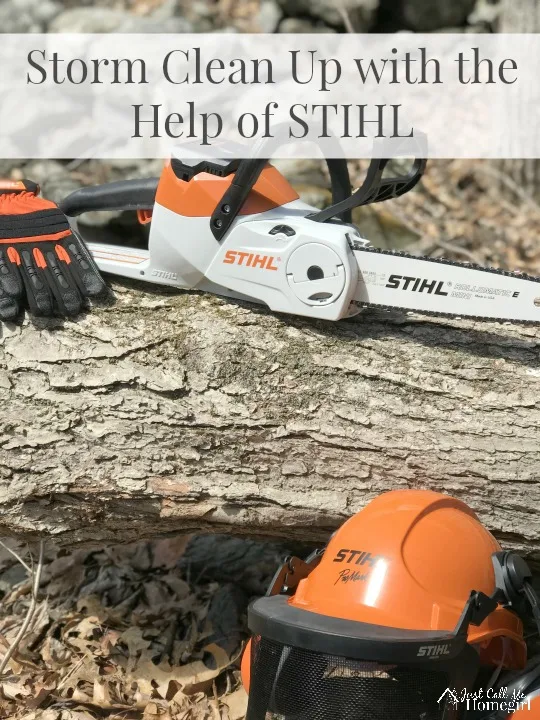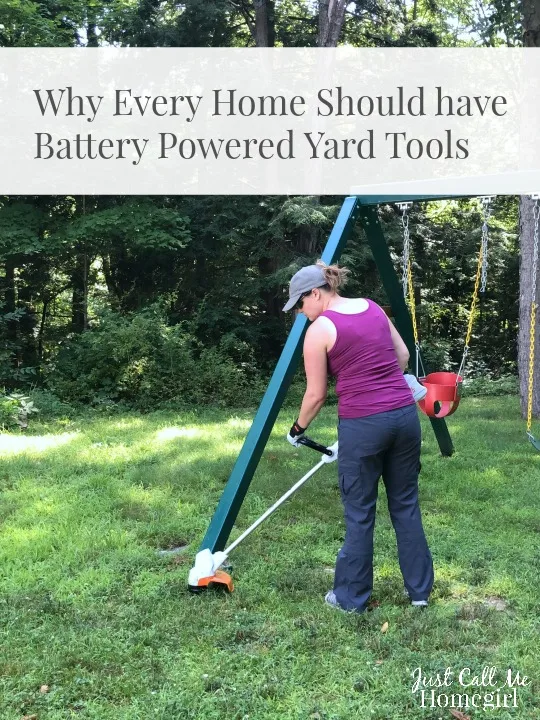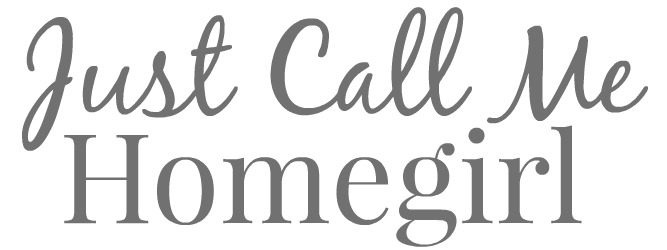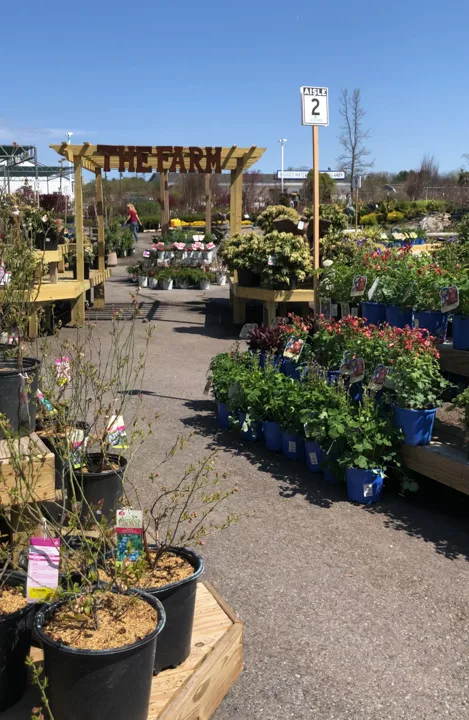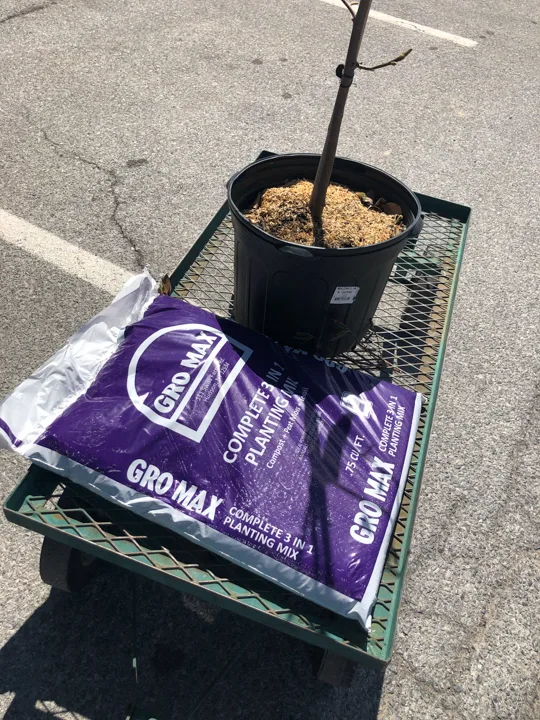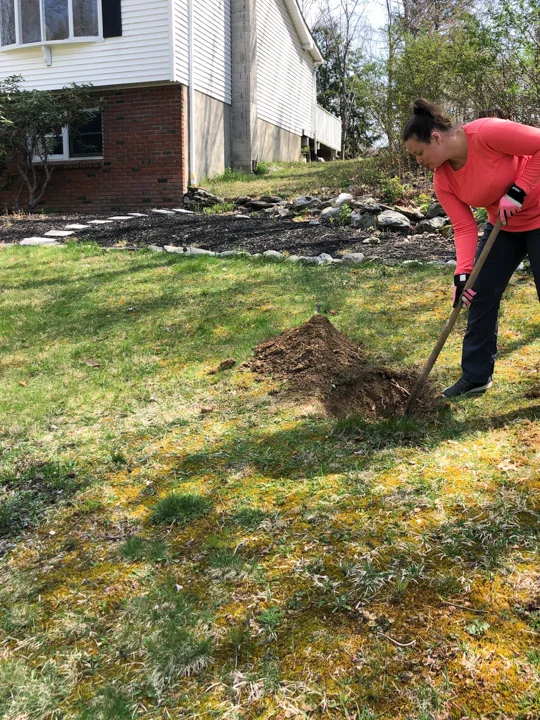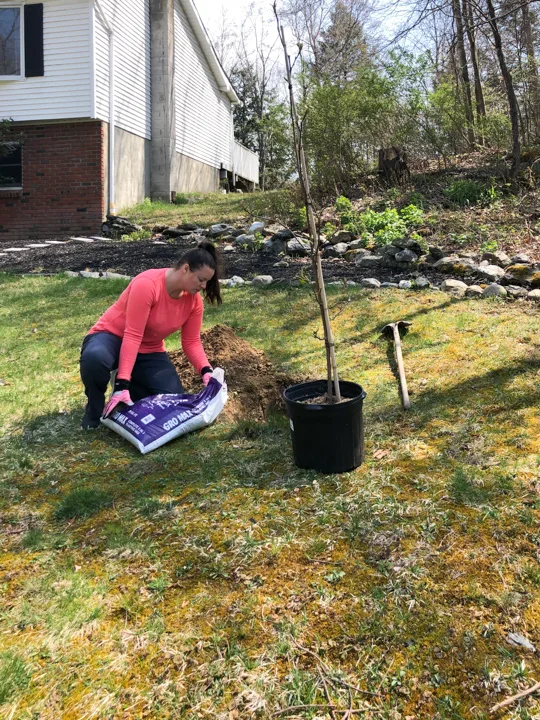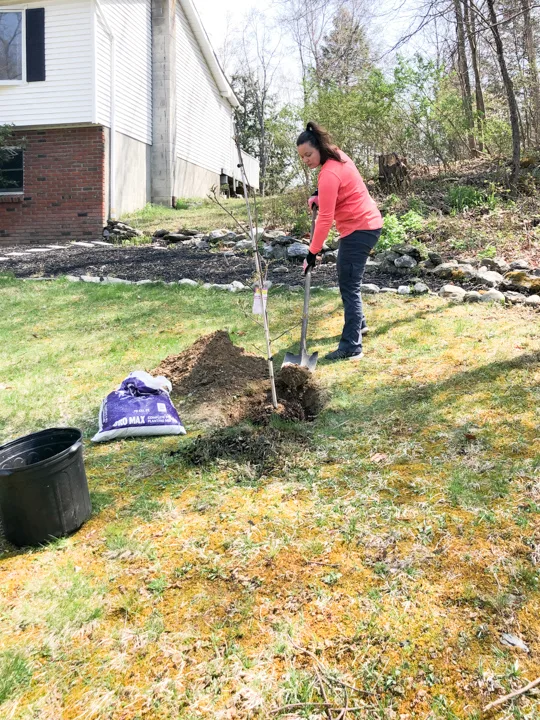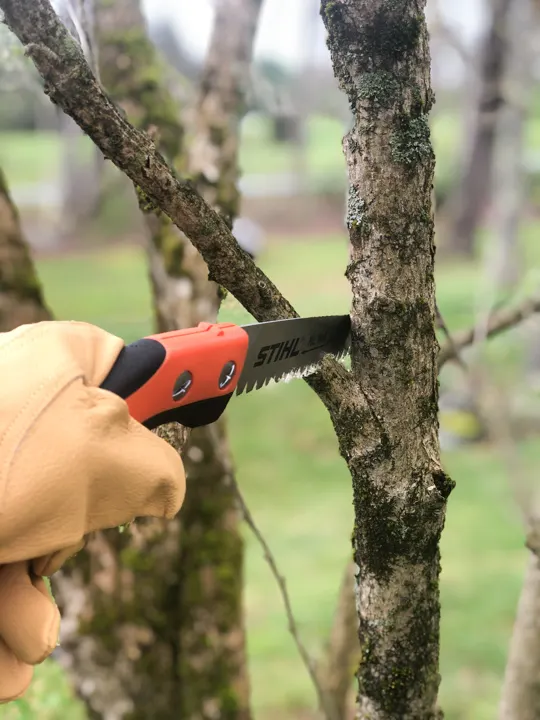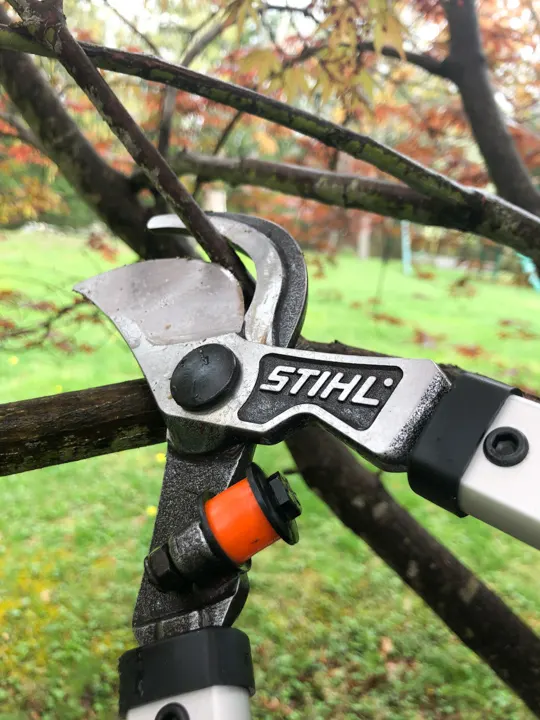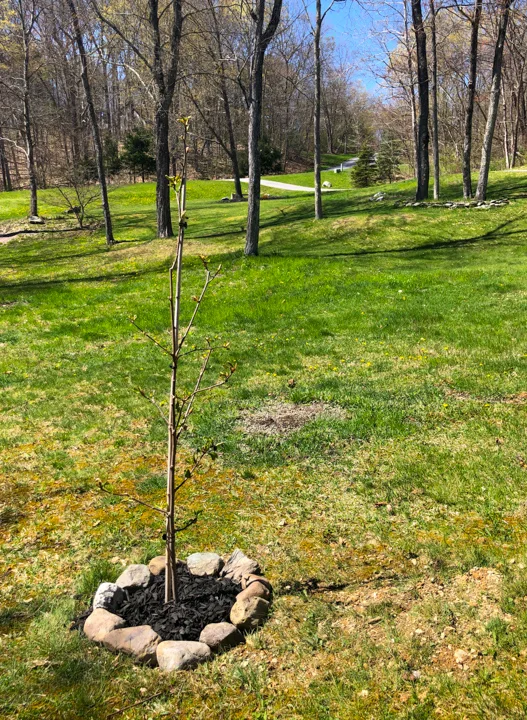Arbor Day! The day you plant a tree right? Do you know where Arbor Day originated from or why it’s so important? Neither did I so I did a little research to learn more about this day as well as best practices and things to consider when planting your own tree in your yard.
I partnered with STIHL to plant a tree this Arbor Day as well as give you the best advice from EXPERTS! Nope not me, but boy did I learn some things from STIHL’s Professional Arborist, Mark Chisholm as well as Randy Padgett, Nursery Manager from my local nursery…which also happens to be my local STIHL dealer…Adams Fairacre Farms.
Arbor Day
As pioneers moved into Nebraska Territory the lack of trees were missed. They needed those trees for fuel, building materials, windbreakers as well as shade from the hot sun.
Newspaper Editor, J. Sterling Morton was a tree enthusiast and when he became secretary of the Nebraska Territory he proposed a tree planting holiday called “Arbor Day” on January 4, 1872.
The celebration was set for a date in April and prizes were offered to counties and individuals with the largest number of properly planted trees on that day.
It was estimated that more that 1 million trees were planted on the first Arbor Day!
By 1920 more than 45 states and territories were celebrating Arbor Day. Today it is celebrated in all 50 states usually the last Friday in April or in different months depending on the planting season for those states. (Visit the Arbor Day Foundation for more information and educational materials)
Picking Out Your Tree
When I first met with Randy at Adams Fairacre Farm to pick out my tree, the first thing he asked was what kind of sun will it be getting. How many hours of light, what type of light and exposure. So, before you even pick what kind of tree you will be planting, pick where it’s going first. Once you find a spot, take a look at the type of soil, the drainage, size of space and power lines.
Now that you found a space, you find a tree that matches the site. Read the plant care tag but also they can be misleading.
I asked Randy why going to a local nursery is preferred when picking out a tree than going to a big box store that sells tree and he said instantly “The knowledge”. Your local nursery will know your zone, how to pick out a tree that matches your location and needs, and will be able to tell you more than the care tags can. A big box store basically has employees that they put in the tree department.
Planting Your Tree
After picking out my tree, a Magnolia, Randy explained how to prepare the hole for your tree and that the most common error is it’s planted either too high or too deep, both which can cause serious problems.
- Locate where the trunk flare begins and measure from the flare to the bottom of the root ball. This will give the planting hole depth.
- The hole width should be at least, one and half times the root ball. More if you have clay soil.
- Backfill using the soil dug from the hole is preferable, but add soil amendments if the soil is poor quality.
- Backfill half way and lightly tamp to avoid air pockets and water the soil allowing water to drain away, complete backfill and water again.
- Smooth surface soil and check to sure trunk flare is exposed.
Watering Guide
This is where I learned the most from Randy. Did you know that if it sprinkled today that does not count as watering. If it poured for 5 minutes that doesn’t count as watering because it’s generally too fast to soak in and just runs off. What?! I usually think well it rained I’m good. Lesson learned.
- Excess or insufficient water will impede formation of new roots
- Newly planted trees must receive adequate water weekly during the entire first growing season to become established.
- It is recommended to use an open ended hose for watering. This is about 2 minutes of a hose on slow steady stream for 5 gallons.
- Sprinklers are for shallow root plants such as grass not for shrubs and trees.
- Always mulch whatever you plant. This will help with the drying out of your plants.
Spring Tree Maintenance
Spring is when your tree awakens after being dormant during the harsh winter months and I have some great tips from Mark Chisholm, STIHL’s professional arborist.
- Prune – Depending on the tree, the best time to prune is during the dormant season when there are no leaves. Remove branches damaged by the winter, ones that are close to the house or need to maintain shape. Dead or rotting limbs on the other hand can be pruned at any time.
- Mulch – More is not better. Keep mulch thickens down to just a few inches and pull it back so it’s not touching the trunk. Mulch holds moisture and heat and can cause ailments and cankers to the tree.
- Remove leaf litter – needles and decaying leaves can cause certain fungal problems
- Take a soil sample – This can show you if there any nutrient deficiencies.
Tree Tools
Using the right tools can help you keep your tree healthy!
STIHL has all the tree trimming tools you need from gas powered pole pruners to hand held loppers and tree saws. Find your local STIHLl Dealer here.
Always wear your safety gear when pruning trees. If trees are too tall or you are unsure about how to prune your trees call in a professional!

